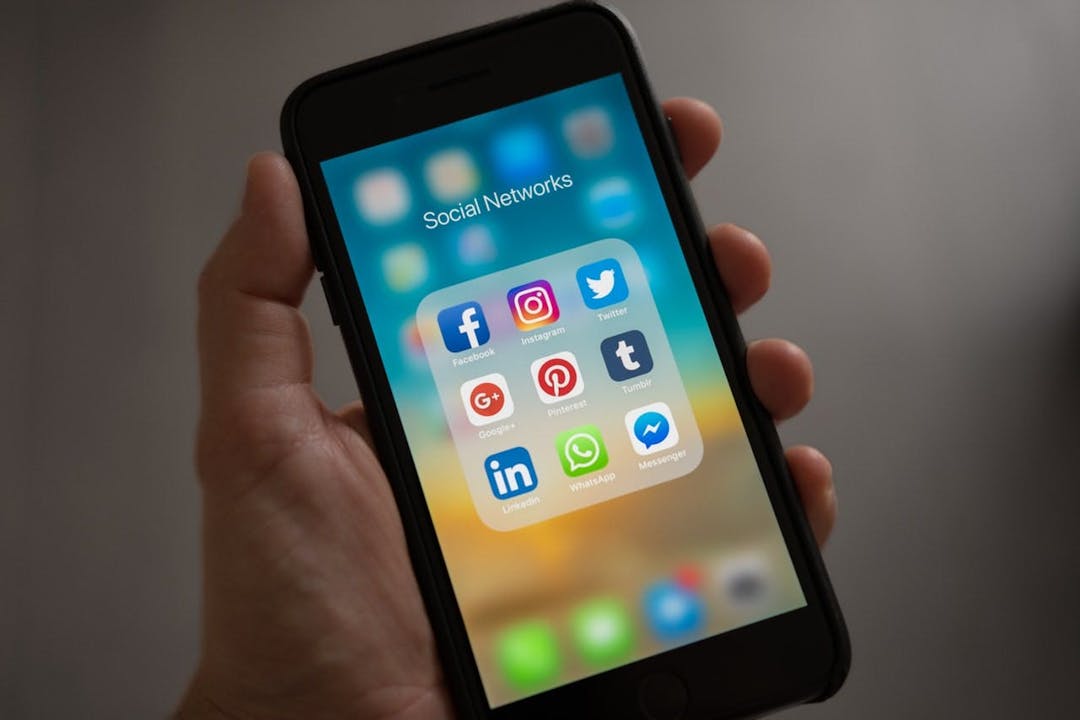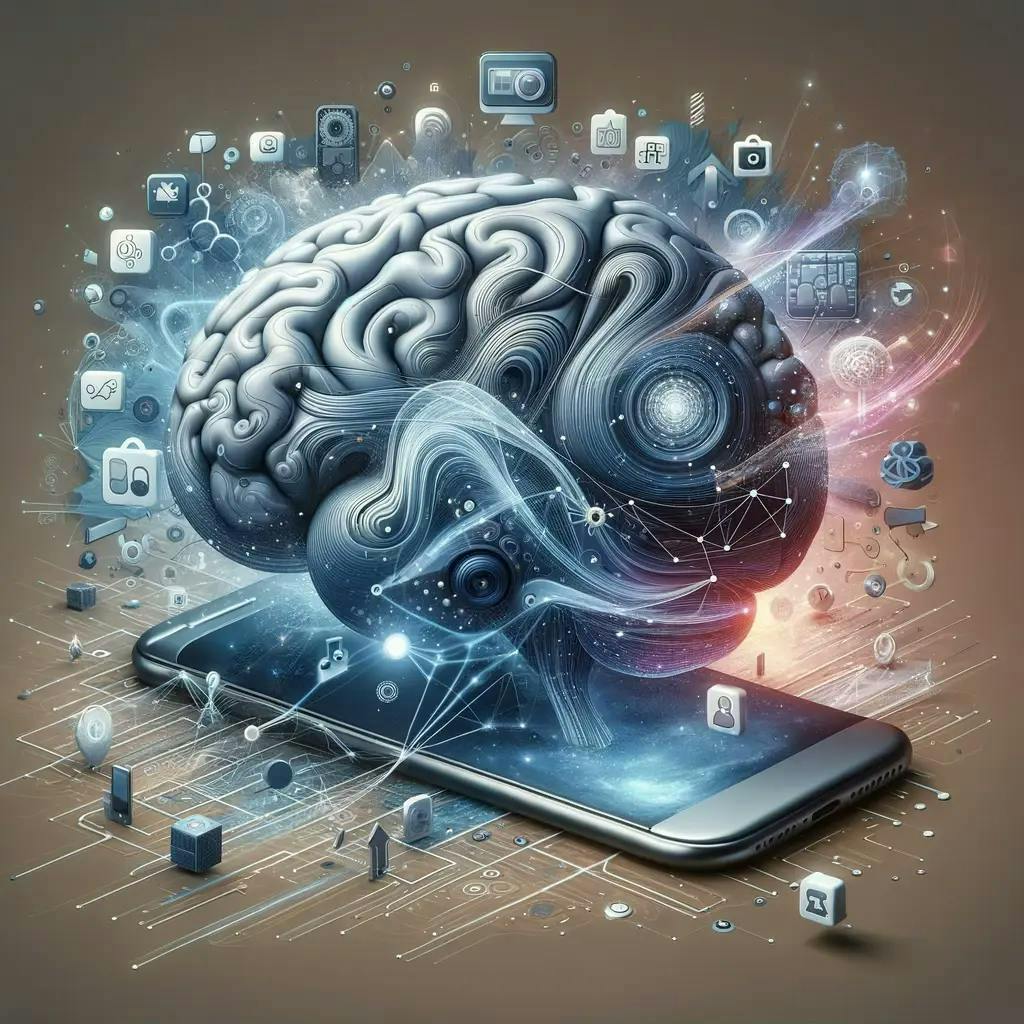Selfish Altruism: A Win-Win?
Donating to local charities, diligently composting, or purchasing environmentally friendly coffee are all actions that benefit or contribute to the wellbeing of others. And while altruism may play a role in motivating such activities, so too does selfishness and self-image.
When we proudly display our reusable cup on the regular coffee run, or stop to share spare change with someone in need, we feel good not only because a socially beneficial outcome has occurred, but also because we were the ones who caused it (1).
"Research suggests those who act in the interests of others are not purely altruistic, but also seek personal benefits such as social recognition and self-satisfaction. Can we embrace our selfishness for the good of society?"
Introduction
Studies suggest that pure altruism is rare, meaning that those who go out of their way to assist others are motivated by something more than just providing social support (3). This additional something is an internal, personal benefit that comes from feeling good about completing a moral act — essentially a personal kickback of acting altruistically (4).
Before you pen any expression of outrage, let me suggest that this type of selfishness may provide a win-win outcome for everyone. If we conclude that to some degree individuals are motivated to help others in order to feel good about themselves, we may encourage social giving by ensuring donors feel great about their action. Such an approach can benefit both the giver and the receiver.
Relevant Research
Within the traditional economic market, altruism and additional personal benefits play a unique role. We ‘altruistically’ give more to others within public settings compared to private environments because social approval contributes to self-satisfaction and encourages giving (5). Signalling to others that we are ‘good’ humans is attractive and supports our social image. Encouraging public decision-making on charitable behaviors may therefore increase support.
Subsidising the cost of giving by making it ‘cheaper’ for individuals to donate may also have this effect — but this approach can also reduce socially conscious decision-making given that reducing the cost of giving in public not only subsidises the individual’s outlay but also their social approval and personal satisfaction (2).
When investing in social causes, we find it difficult to accurately link our investments with outcomes because the intangible benefit of feeling good about acting morally has no common value. The damaged link between investment and impact can be seen in the fact that people are willing to donate the same amount to provide care to one animal as to four animals (6). When altruism and personal satisfaction play a role in decision-making, traditional cost-benefit logic is difficult to apply.
We see that when personal investment causes social impact, in situations such as social settings, subsidised giving or predetermined impact scope, people may act irrationally. We place a value on feeling good about ourselves and on our reputation, causing us to place an inaccurate weight on actual societal outcomes. We have a selfish motivation to be nice to others, thus producing utility for ourselves.
Behavioral Science, Democratized
We make 35,000 decisions each day, often in environments that aren’t conducive to making sound choices.
At TDL, we work with organizations in the public and private sectors—from new startups, to governments, to established players like the Gates Foundation—to debias decision-making and create better outcomes for everyone.
Application within the social goods market
Focusing on the social goods market, where items available for purchase deliver some form of social benefit such as via the
donation of profits (7), we can explore the valuable notion of self-interest. We see that sometimes, in order to benefit others, it might actually be good to be selfish.
Addressing the internal motivation to act in the interest of others could increase the purchase of social products and therefore social support. While it may be interesting for a customer to know that two trees were preserved because they purchased rainforest alliance coffee, what may be more effective in incentivising the purchase is to make sure that they feel like they have made a difference — that they have personally decided to do something great and that others are impressed with what they have done. For customers who were out to purchase anyway, this is added benefit without even lifting a finger.
Imagine entering a store in order to purchase a new phone and leaving not only with your new handheld device, but also at no additional cost, the knowledge that you have contributed to building a water well in an impoverished nation, the admiration of your friends and colleagues, approval from strangers who comment on the make of your phone which advertises the associated donation, and, every month, the receipt of an email thanking you for your purchase. Extra benefit for no additional cost. Why not be selfish?
With many private consumption products now bundled with social benefit, this approach has significant potential to increase support for charities and social causes. In this environment, we can do more for society by thinking of ourselves and maximising what we gain from a purchase: a feel good component as well as the product.
The AI Governance Challenge
Conclusion
While some of us may be aghast to learn that we aren’t all purely altruistic, this article argues that understanding and exploring the personal benefits of giving could actually help us to encourage better social outcomes.
Be encouraged to think about your choices that have social impact. Be selfish and maximise the value you receive! In the end it may be better for us all.
References
1. Andreoni, J. 1989 Giving with Impure Altruism: Applications to Charity and Ricardian Equivalence. Journal of Political Economics, 97(6), pp. 1447-1458.
2. Ariely, D., Bracha, A. & Meier, S. 2007 Doing Good or Doing Well? Image Motivation and Monetary Incentives in Behaving Pro-socially. Discussion Paper, Institute for the Study of Labour (IZA), 2968.
3. Crumpler, H. & Grossman, P. 2008 An Experimental Test of Warm Glow Giving. Journal of Public Economics, 92(5-6), pp. 1011-1021.
4. Feddersen, T. & Sandroni, A. 2009 The Foundations of Warm Glow Theory. Working Paper.
5. Harbaugh, W. 1997 What do Donations Buy? A Model of Philanthropy Based on Prestige and Warm Glow. Journal of Public Economics, 67, pp. 269-284.
6. Hsee, C. & Rottenstreich, Y. 2004 Music, Pandas and Muggers: On the Affective Psychology of Value. Journal of Experimental Psychology, 133(1), pp. 23-30.
7. Small, D., Loewenstein, G. & Slovic, P. 2007 Sympathy and Callousness: The Impact of Deliberative Thought on Donations to Identifiable and Statistical Victims. Science Direct, 102, pp. 143-153.
About the Author
Jessica Exton
Jessica Exton is a behavioural scientist with cross-sector management consulting experience. She joined ING’s International Consumer Economics team in 2018 and holds a master's degree in behavioural economics from the University of Amsterdam. Jess manages the ING International Survey, one of Europe’s largest and longest-running surveys on financial decision making and delivers insights from behavioural science to ING's retail business.





